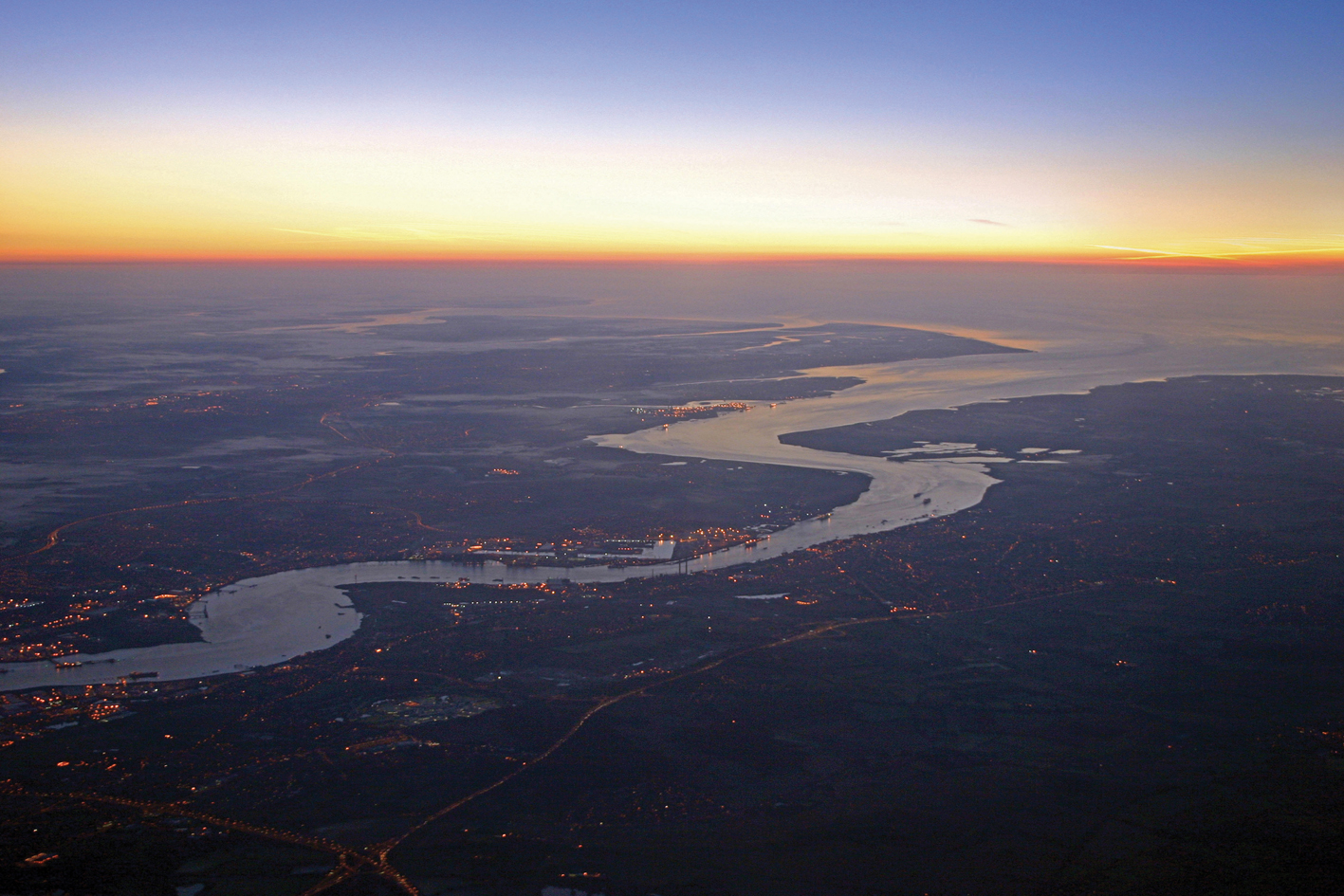The Thames Estuary Growth Board has held a virtual summit, bringing together the UK’s leading minds on hydrogen power to assess the potential, requirements and challenges for delivering a world-class hydrogen infrastructure in the Thames Estuary.
The aim of the summit was to bring the potential for hydrogen in the Thames Estuary to life. It aimed to do this by bringing together the organisations and people that can make this happen; understanding future demand, different markets and uses for hydrogen; hearing from a range of contributors who are already making progress in creating a hydrogen powered future; sharing knowledge and learnings from other locations; and exploring how to work together to move forward.
Chaired by Estuary Envoy, Kate Willard OBE, speakers included Kevin Rendell, Project Director, National Grid, who talked about Project Cavendish – an integrated project that has the potential to decarbonise heat, power, transport and industry. The project aims to create a new low-carbon economy that supports jobs and clean growth, and gives the UK a global competitive edge in the quest towards meeting global carbon emissions targets. The project will initially target the nearby power stations (SSE, Drax, and Uniper) which will anchor hydrogen production on the Isle of Grain.
Edwin Pang, Director of Arcsilea, talked about the Port of London Authority’s (PLA) vision for hydrogen power. By 2025, Clean Maritime Plan expects all new vessels ordered for use in UK waters to be designed with zero emission propulsion capability, and zero emission commercial vessels to be in operation in UK waters. The PLA has produced a comprehensive emission reduction roadmap for inland shipping – in which hydrogen fuel cells are one of the technologies modelled and investigated for tugs and freight vessels – and the PLA is investigating other use cases, such as shore power and industrial use.
Research by the University of Kent has predicted that by 2050, there will be an estimated demand of 0.8 – 1.25million tonnes of hydrogen per annum across the Thames Estuary. This would require an eightfold increase in renewable energy capacity for the region in the next 30 years. While the technology involved is relatively straightforward, the Growth Board and speakers are clear that there are also challenges along the way to rolling out hydrogen power more widely. Challenges, such as storage or supply chain issues, are to be expected but anticipating them and working collaboratively will help minimise them. To do this successfully, it is essential to consider and agree what success looks like, and then work backwards to create a clear and comprehensive plan of action: the summit was the first step in this process.
The Thames Estuary presents a unique opportunity for investment in hydrogen infrastructure at scale, like nowhere else in the UK. Next to one of the world’s leading cities, which has a constant strain on its energy and transport infrastructure, the Estuary could play a vital role in the Green Recovery, supporting a de-carbonised London and keeping the UK on track towards a net zero future. This is particularly timely given the Prime Minister’s announcement for a 10-point climate plan to reach net zero which includes having five gigawatts of low-carbon hydrogen energy production capacity by 2030.
As well as the environmental benefits, there is an opportunity to unlock £18bn GVA and create 75,000 new jobs in the Thames Estuary region alone. This is key for the levelling up agenda and promoting economic growth post-Brexit and post-Covid. In addition to upskilling in the immediate future, there are also longer-term positive impacts as future generations will be inspired to build on the momentum that is already in motion in the Estuary, and propel the nation towards net zero.
Following the event, the Thames Estuary Growth Board will be drawing up a roadmap which will set out their journey to developing a hydrogen ecosystem with the dual aims of driving our economic growth while moving us towards a net zero carbon future. In light of the Prime Minister’s ‘Green Industrial Revolution’ announcement this week, and the cross-sector interest generated by our event, the Estuary is clearly in a good place to build and prove the case for investment in hydrogen and play a key role in the UK’s hydrogen journey.
Kate Willard OBE, Estuary Envoy, said: “The benefits of a hydrogen-fuelled future are vast. Our summit was a great step forward in delivering an infrastructure that is going to help us on our journey to becoming the cleanest Estuary in the world, to building skills and creating job opportunities, and to delivering billions back into the local and national economy. We have the skills, commitment, passion and ambition to make this a reality. Now, we are going to see it through.”
To find out more about what the Thames Estuary Growth Board is doing to drive forward the hydrogen agenda, and to learn about their other projects, visit https://thamesestuary.org.uk/




